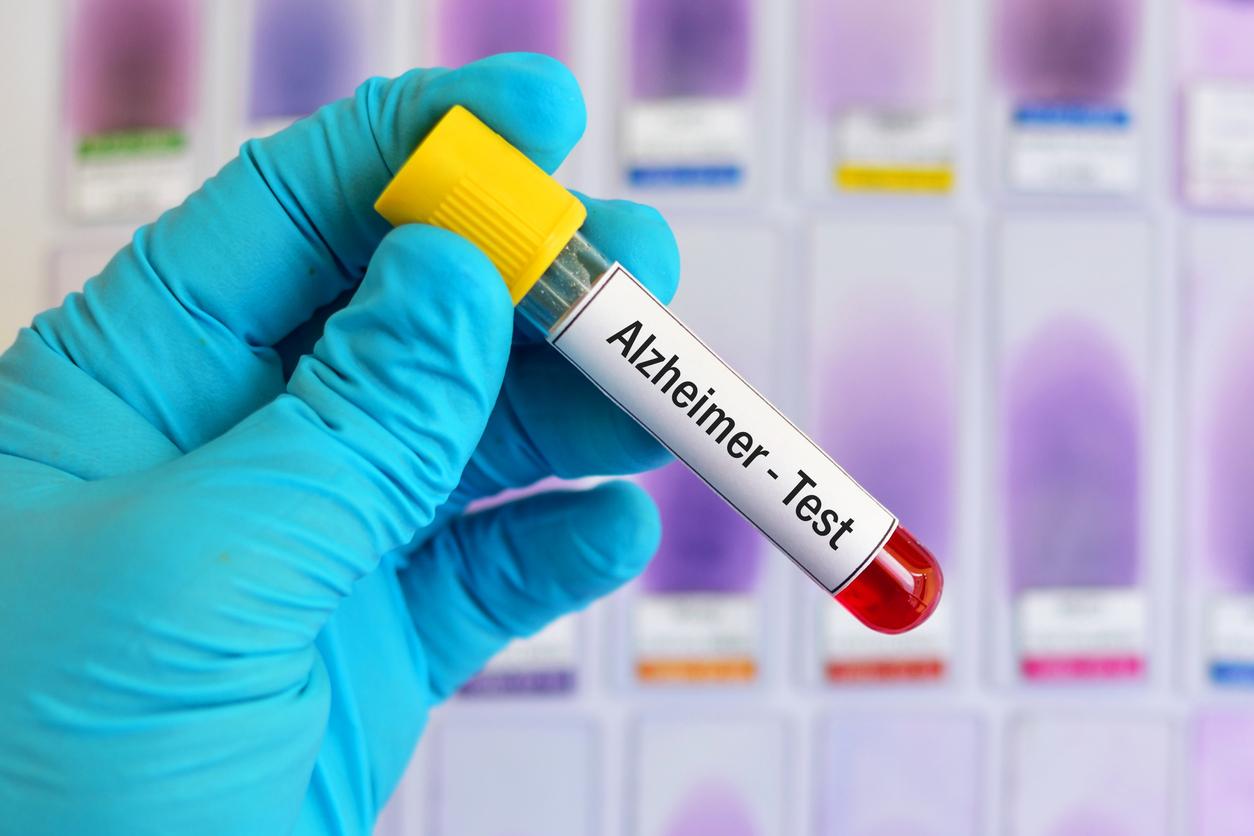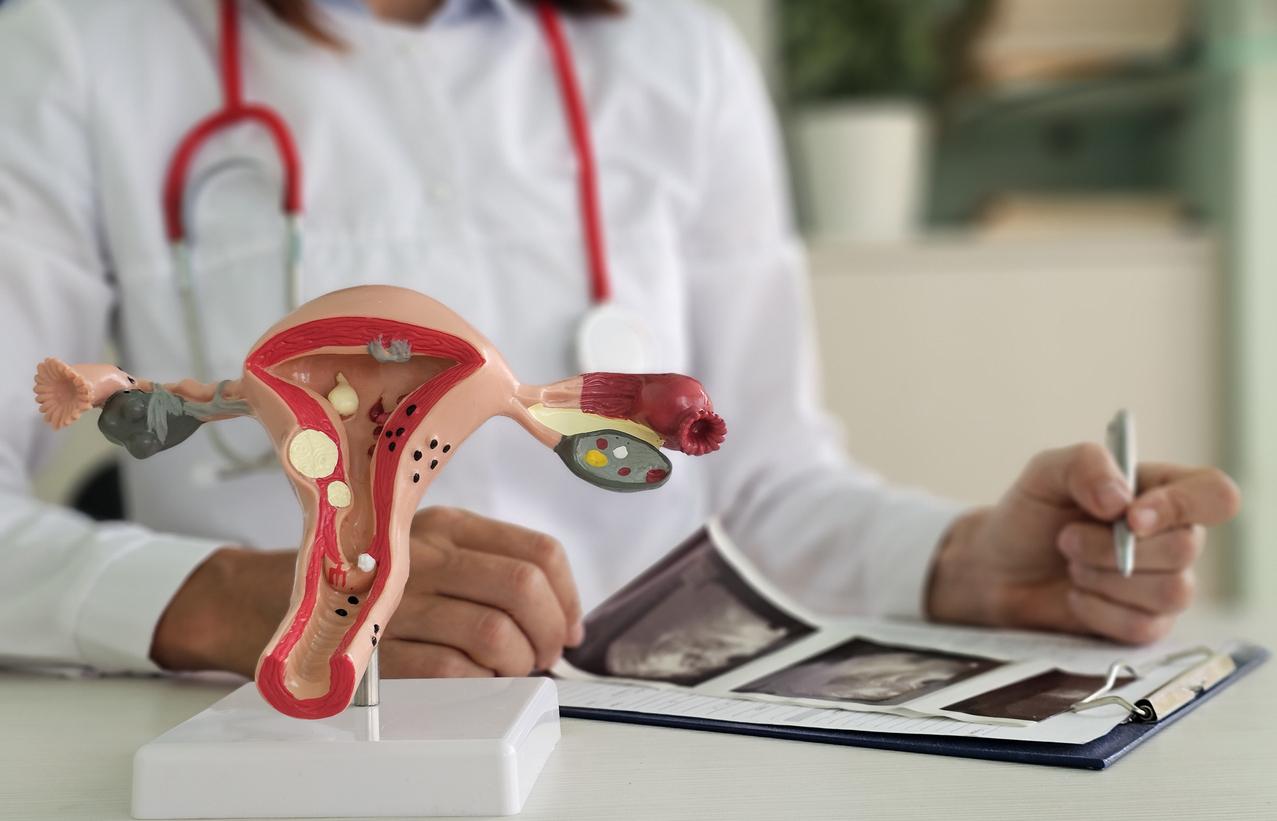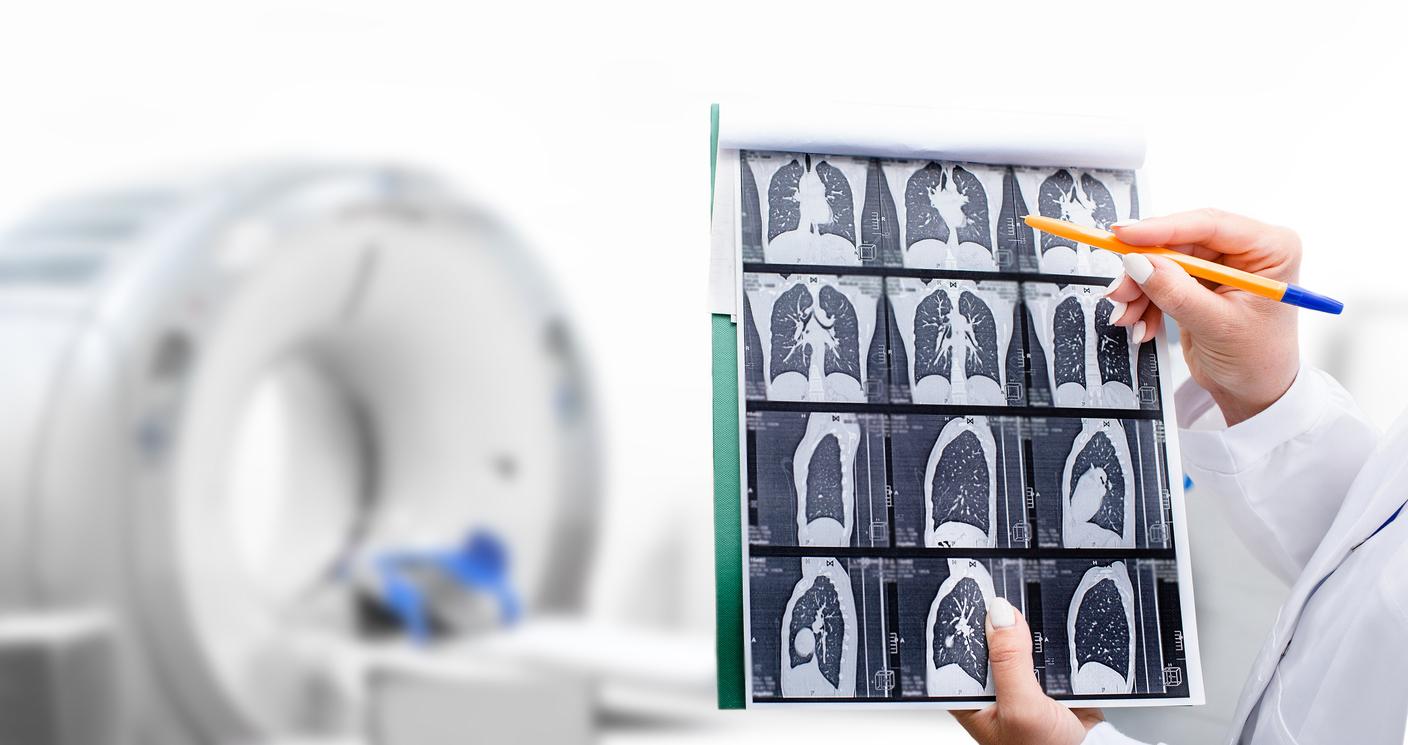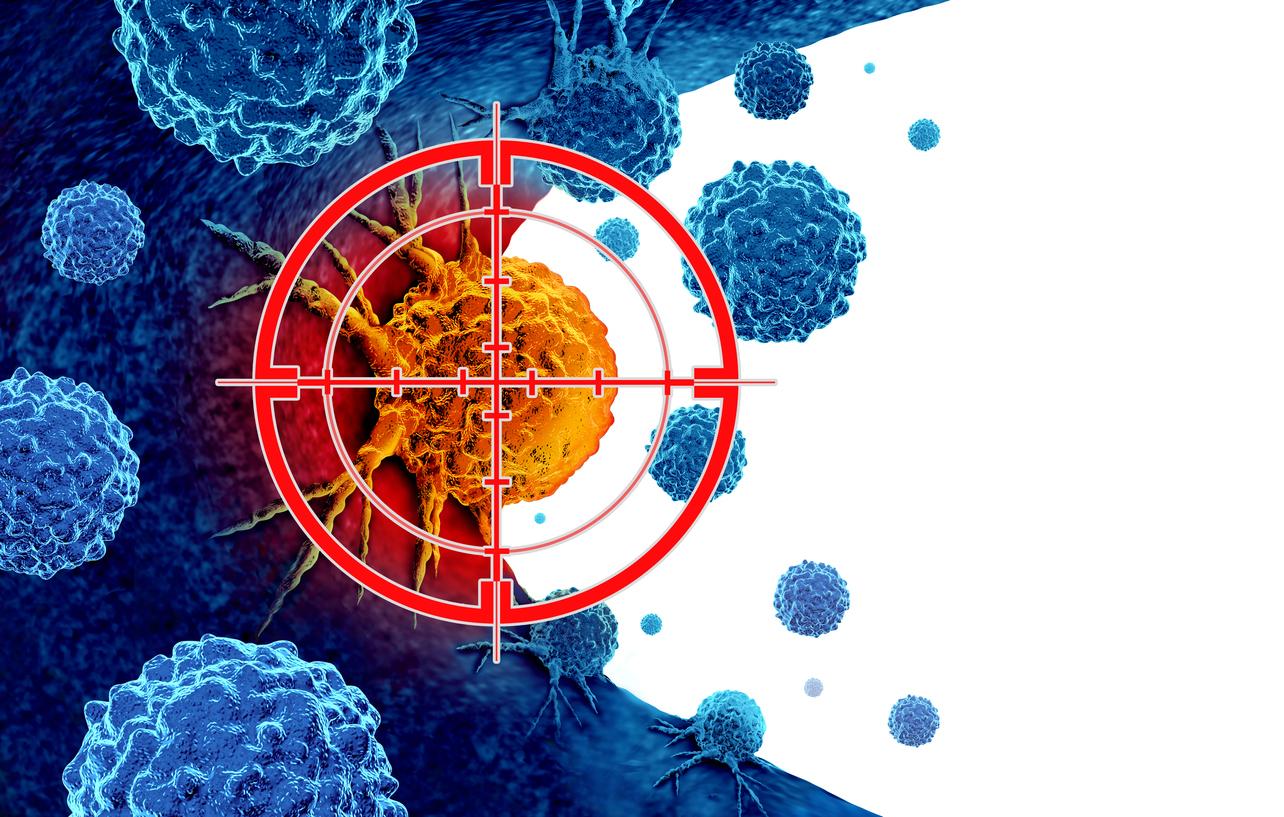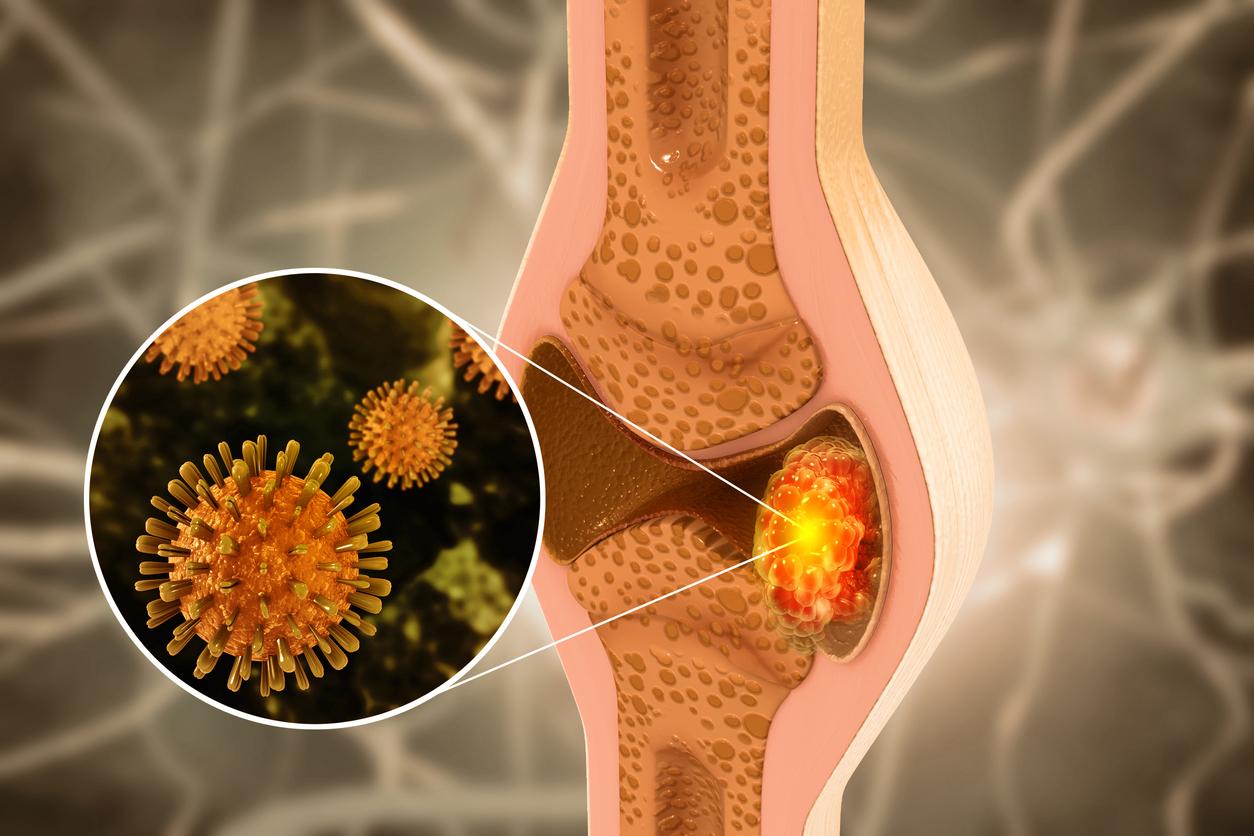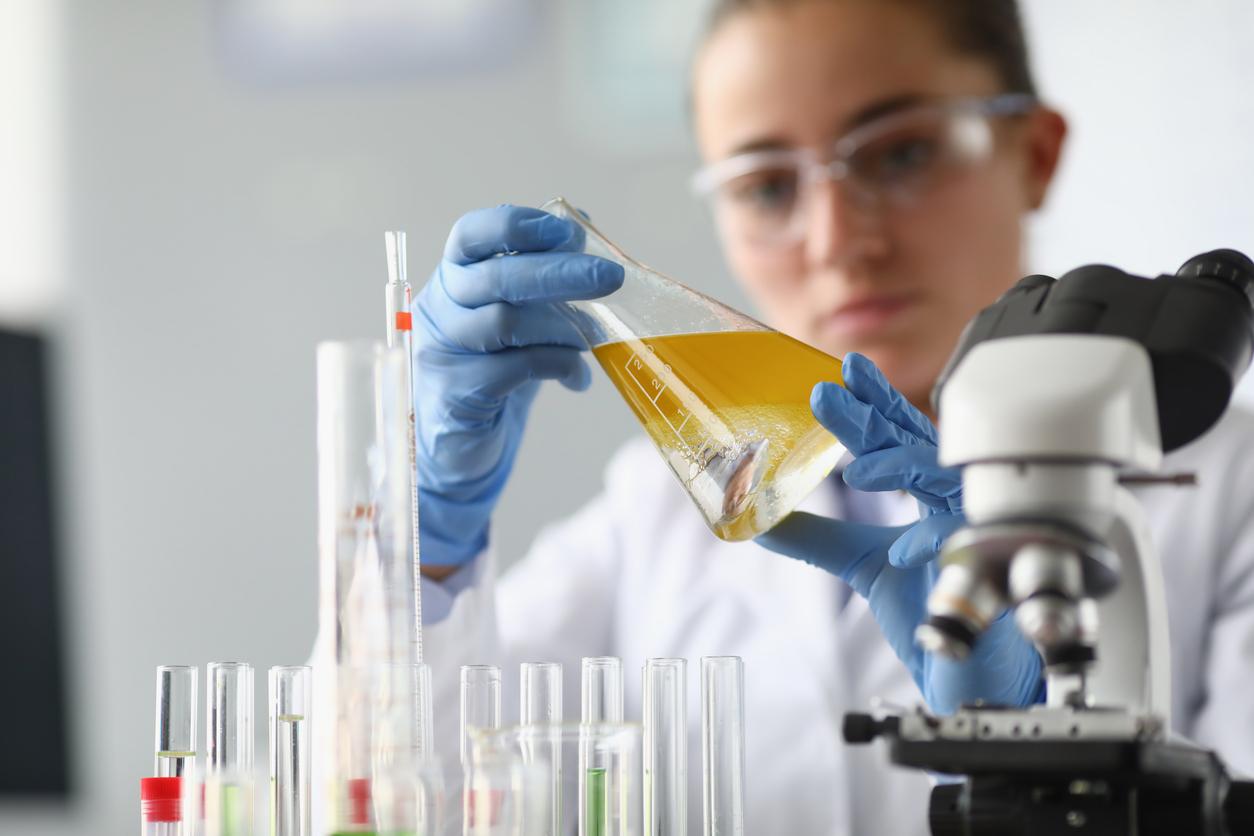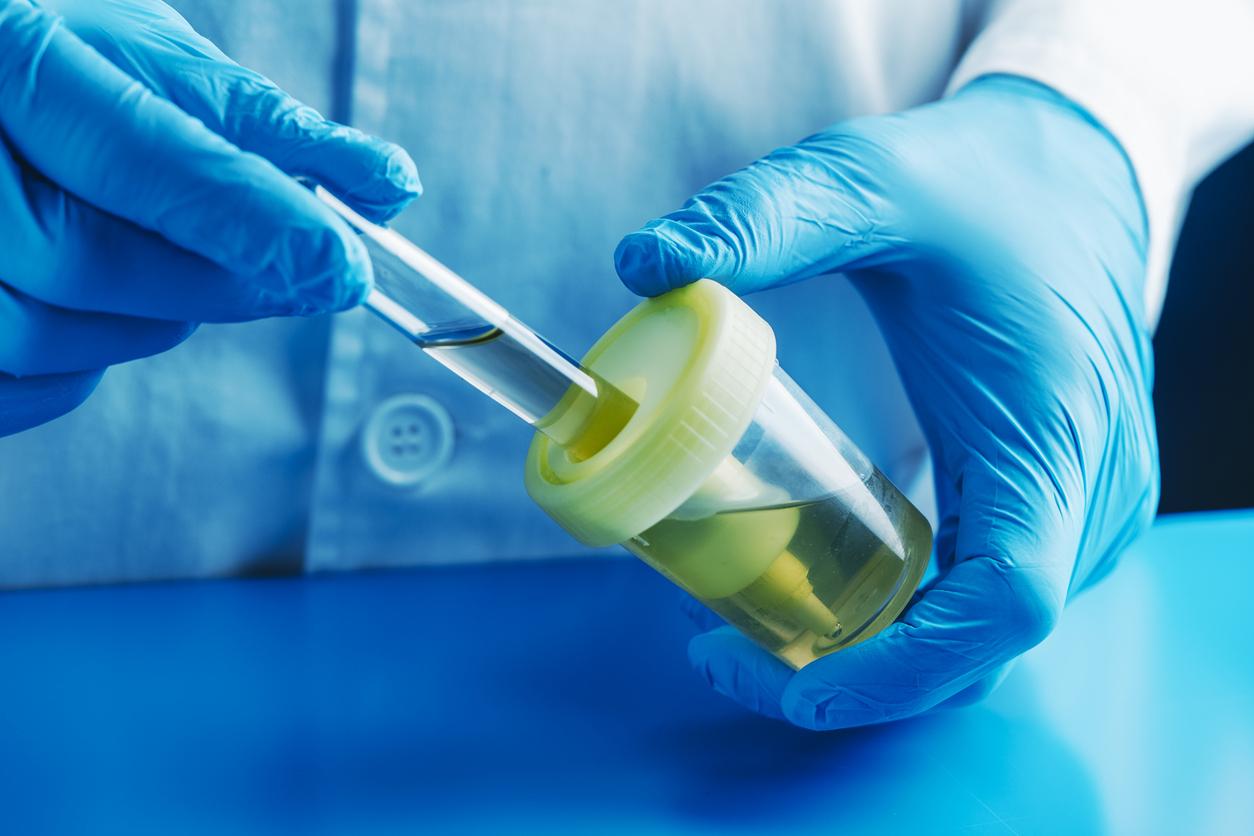This new, inexpensive, reliable and rapid tool will improve the diagnosis of people with overactive bladders.
-1582559170.jpg)
We are not all equal when it comes to the filling capacity of our bladder. Researchers at the University of Portsmouth (UK) have not only identified chemicals specific to overactive bladder, but they have also developed an object similar to a pregnancy test, in order to verify the presence of these markers chemicals. This new tool could save millions of people currently facing incontinence problems. The results of their research were published in the journal Scientific Reports.
According to researchers, 20% of the world’s population is unable to hold back the urge to urinate and at least one in three people suffer from it before the age of 50; this urinary tract disorder is called an overactive bladder. People who suffer from it need to go to the toilet frequently (eight times a day), also get up at night to relieve themselves, have accidental urinary leakage, have to use sanitary napkins or disposable underwear. In some cases, people are even self-isolating and staying at home to avoid embarrassment.
80% success rate thanks to this test
For the purposes of their study, the scientists called on 113 participants. Among them, ten were diagnosed with haematuria (presence of blood in the urine) and four had the main symptoms of an overactive bladder. By analyzing some of their biomarkers, the researchers found that their predictions of overactive bladders worked for 80% of the participants.
According to John Young, a PhD student from the Portsmouth School of Pharmacy and Biomedical Sciences who led the research, “the first step was to identify chemicals in urine that are specific to overactive bladder. The next step is to develop a gadget for GPs, pharmacies and nursing or retirement homes that is accurate, simple to use and does not need to be sent to a lab to be treaty. If successful, it would save millions of patients from painful procedures and long waits for a diagnosis. It is the first step in transforming the lives of millions of people who suffer in silence, too embarrassed to go out or even talk about their condition. It’s not too strong to say that this could be a game-changer.”
However, scientists at the University of Portsmouth believe it will take them between 12 and 24 months to develop a tool that can be used in clinical trials to determine the chemical markers. Once this tool is approved by clinical trials, it will help in the early diagnosis and treatment of the disease.
Give an accurate result quickly
Currently, diagnosing an overactive bladder is a long and expensive process. Before establishing that it is an overactive bladder, clinicians must perform a wide range of tests to rule out the possibility of other diseases, including certain cancers, type 2 diabetes, cystitis, and infection. urinary tract, which have similar symptoms. As the treatment for each of these conditions varies, it is important to perform all tests, even if some are invasive, painful and expensive. Diagnosis being a complex procedure, it sometimes leads to delays during which the condition of patients worsens.
According to John Young, “it would be as simple as a pregnancy test and would promote effective and early treatment. If left untreated, the bladder may change. Nerves, blood vessels and extra cells grow, leaving her smaller than before. It is not possible that so many millions of people feel compelled to isolate themselves at home, avoiding all social interaction, with a condition that, if detected early, can be treated..”
The new gadget developed by John Young and his team of researchers is said to cost around £10 (about $12) and only take a few minutes to give an accurate result. With this new device, once the diagnosis has been made, it would be possible for a healthcare professional to start treatment immediately.
.








